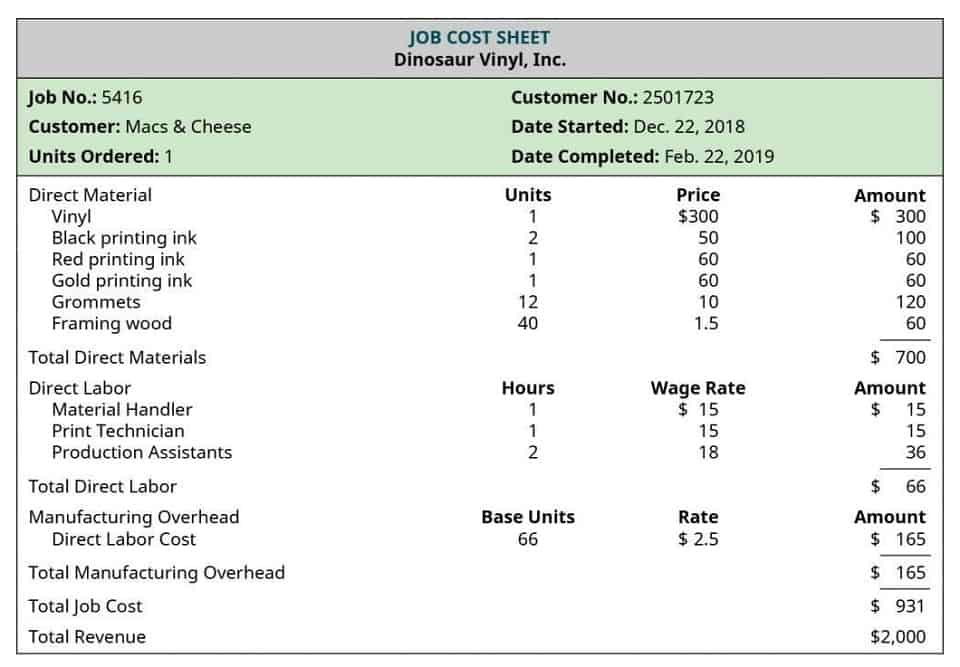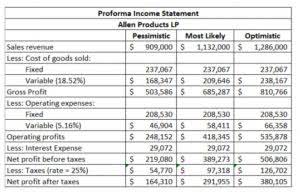
Its duration plays an important role in determining the cash flow of a business. It also has an impact on the profitability of a business and the company’s relationship with its stakeholders. Maintaining a good credit score is important to secure credit on favourable terms and conditions for the growth and development of your business. While paying suppliers on time is a good habit, paying too early should operating cycle be avoided. When the operating cycle is long, there are high chances of the company failing to pay adequately.
How to put a fraction in a calculator
A higher, or quicker, inventory turnover decreases the cash conversion cycle. Thus, a better inventory turnover is a positive for the CCC and a company’s overall efficiency. The CCC value indicates how efficiently a company’s management uses short-term assets and liabilities to generate and redeploy cash, and gives a peek into the company’s financial health concerning cash management. DIO (also known as DSI or days sales of inventory) is calculated based on the COGS or acquiring/manufacturing of the products.
Expert Insights on Managing Operating Cycles
This means that company’s inventory turnover ratio is 0.4 times (Rs.2,00,000 / Rs.5,00,000). Debtors conversion period is the average time taken to convert debtors into cash. Effective control of the operating cycle also influences working capital efficiency.

Cash Conversion Cycle Formula
Remember that industry norms and business models influence what constitutes an efficient operating cycle. Regular monitoring, benchmarking, and adjustments are crucial for sustained success. Bookkeeping for Etsy Sellers Analyzing your operating cycle empowers you to make informed decisions and optimize your business processes. In summary, understanding the components of the Operating Cycle allows businesses to fine-tune their operations, manage cash flow effectively, and strike a balance between liquidity and profitability. By optimizing each component, companies can navigate the complex dance of converting inputs into outputs while keeping the cash flowing smoothly.


The first component of an operating cycle involves the purchase of raw materials or inventory needed to produce goods or deliver services. This step is essential for companies across various industries, as it sets the foundation for their operations. The meaning of the operating cycle is the time taken to convert inventory into cash through sales and collections. Since income statement there’s little to no delay in collection and inventory moves fast, the operating cycle is often just 1–2 weeks. This article has covered the foundations of working capital management, focusing on the analysis of current assets and current liabilities.
- So, generally, the operating cycle of a company is more prolonged than non-manufacturing companies.
- Overall, the importance of calculating the operating cycle cannot be overstated.
- It might also imply that the credit policy is tougher and the payment schedule is shorter.
- A related concept is that of net operating cycle which is also called the cash conversion cycle.
- The longer the cash cycle of a company, the larger the working capital requirement.
- Here they are getting payments from the clients before any payment is made to the suppliers.
- This means it takes the company about 102.2 days to convert its inventory into cash through sales and collections.
What is Cash Conversion Cycle?
- This could indicate problems in inventory management or inefficiency in collecting receivables.
- The operating cycle offers insights into operating efficiencies, while the cash conversion cycle allows you to see how well your company manages cash flow.
- A business founder’s ability to make choices that will improve the firm depends on how well they comprehend the firm’s operating cycle.
- A positive operating cycle indicates that a business will take time to sell inventory, collect receivables, and pay suppliers, leading to a longer operating cycle.
It took the company 36 days on average to sell its inventories and 36.64 days to receive cash from its customers i.e. distributors, etc. but it delayed the payment to its suppliers till the 140th day. While it is a good for the company’s shareholders that the company is keeping its working capital low, they need to make sure that the very long days payable outstanding is not due to any liquidity problem. The operating cycle is calculated by adding the inventory period (time taken to sell the inventory) and the accounts receivable period (time taken to collect payment after a credit sale). Finally, if a business takes a short time to pay its suppliers after they have made credit purchases from those suppliers, then the payable days of the business will be affected. If the suppliers of the business offer the business strict credit terms and a shorter credit repayment period, then the payable days of the business will be affected.

As they have no inventories, they do not need to convert raw materials into work in process and then into cash. They use cash as inventory to create debtors to whom they lend the money and then they convert these debtors into cash. Finally, if the business wants to reduce its cash operating cycle, it must negotiate better repayment terms with its suppliers that allows the business more flexibility in making payments.

Operating cycle: OC: How to calculate and reduce your operating cycle
- The operating cycle formula in financial management helps determine the time a business takes to purchase inventory, then sell the inventory and then collect the cash from the sale of the inventory.
- For instance, the company might hold inventory in its storage facilities for an extensive duration before those items are sold.
- One must divide crediting purchases by the median accounts receivable to find a firm’s receivables turnover.
- Below are the further breakdown of inventory days; commonly for manufacturing companies.
The operating cycle provides insights into a company’s liquidity and efficiency. If a firm’s operating cycle is short, then it indicates efficient management of working capital, suggesting that the company is not tying up its cash in inventory or waiting too long to collect receivables. Before we dive into the mechanics of calculation, we need to know what we’re dealing with. An operating cycle can be understood as the average time a business takes to make a sale, collect the payment from the customer, and convert the resources used into cash. You calculate the operating cycle by adding days inventory outstanding to days sales outstanding.
